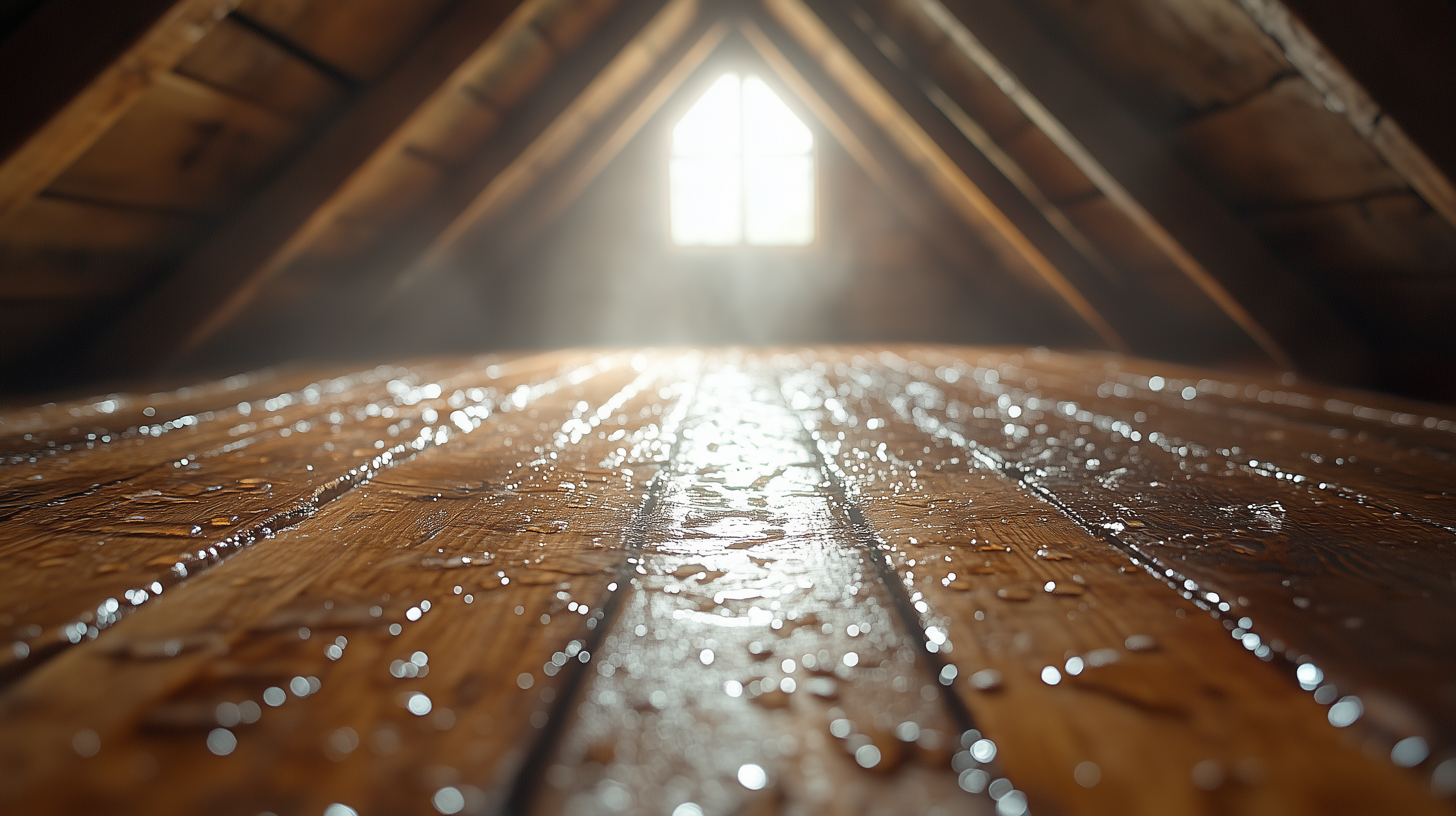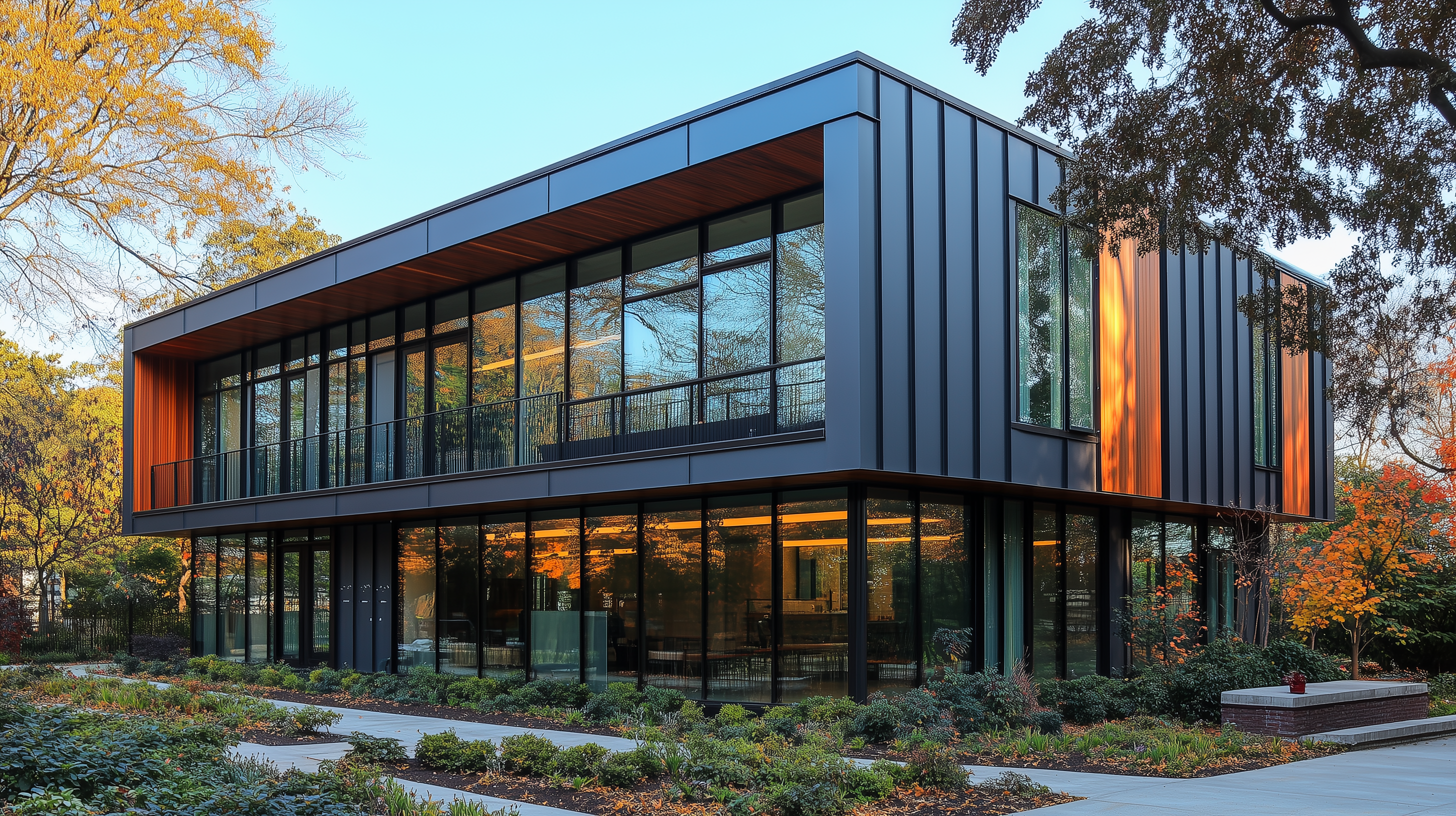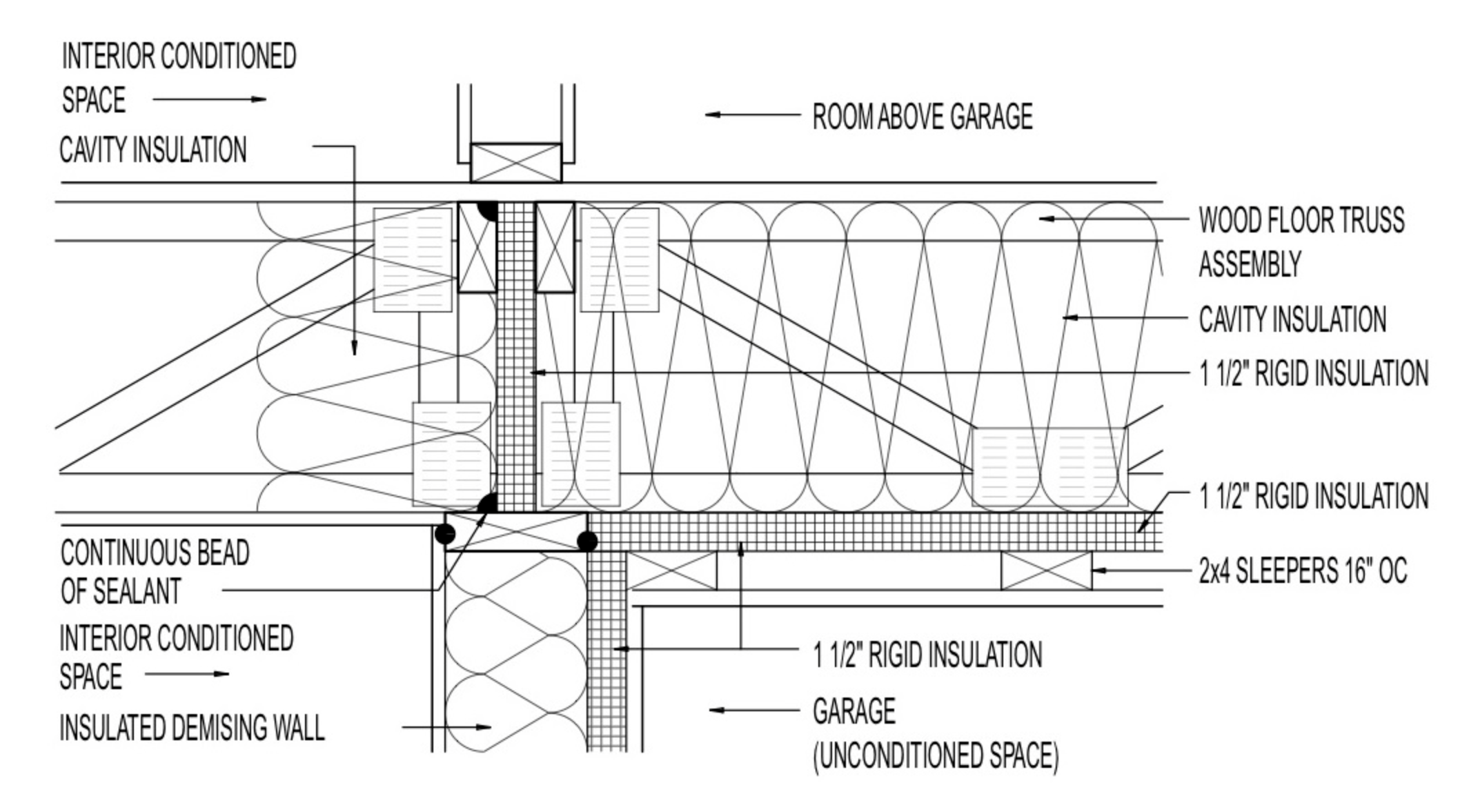Description
Skylights are an excellent way to bring natural light into your home. However, they can also be the weak point in your home’s water management system. Over time, weathering and improper installation can lead to leaks, ultimately causing significant damage if not addressed. This guide aims to provide you with comprehensive information on how to retrofit or replace existing skylights to improve both water resistance and performance.
Scope
The scope of this guide is focused on retrofitting existing skylights to enhance their water resistance and overall performance. The following steps provide a roadmap for this process:
- Remove the existing skylight to inspect underlying conditions: Before making any decisions, remove the existing skylight to assess the condition of the framing, sheathing, and other underlying structures.
- Repair any damaged framing or sheathing: If you discover issues like rot, moisture damage, or other structural concerns, these must be addressed before proceeding.
- Determine Re-installation or Replacement:
- Option 1: If the existing skylight is relatively new, in good shape, and aligns with the performance goals of your project—such as reducing heat loss, air leakage, and unwanted solar gain—you may choose to re-install it.
- Option 2: On the other hand, if the existing skylight is older, damaged, or fails to meet your performance criteria in terms of insulation value, solar heat gain, and air sealing, replacement may be the only option.
- Installation with Proper Flashing: Whether you’re installing a new unit or re-installing the existing one, proper flashing is crucial. The new flashing layers should be fully integrated with existing or new layers of roof sheathing membrane, underlayment, rigid foam, and roof cladding.
By following this scope, you’ll ensure that your skylight not only enhances the aesthetics and lighting of your home but also operates at peak performance, minimizing risks related to water infiltration and energy loss.
Benefits of Replacing the Skylight
Modern, high-performance skylights offer improved:
- Air tightness
- Energy efficiency
- Condensation resistance
These skylights usually come with energy performance labels from the National Fenestration Rating Council, providing valuable information on their efficiency, including U-factor and Solar Heat Gain Coefficient (SHGC).
Types of Skylights
- Curb-Mounted Units: Requires additional framing and waterproofing before skylight installation.
- Deck-Mounted Units: Comes with an integral curb and attachment flange, allowing direct setting and waterproofing to the roof deck.
Curb-mounted units are generally recommended for skylight replacements, especially when the roof covering is not being replaced simultaneously.
Inspecting for Water Infiltration and Damage
Before you begin any work, inspect the interior and exterior of your home for:
- Signs of water infiltration around the skylight
- Integrity of the roof covering
- Structural condition of the roof sheathing and framing
How to Repair or Replace a Skylight and Install Proper Flashing
In Conjunction with a Roof Replacement
- For Curb-Mounted Skylights: Follow a bottom-up approach for installing the roof underlayment and self-adhered flashing around the skylight. Integrate the flashing with roofing shingles to direct water away from the roof.
- For Deck-Mounted Skylights: Similar steps apply, but focus on flashing around the deck-mounted attachment flanges.
As a Sole Scope of Work (No Shingle Removal)
- For Curb-Mounted Skylights: Cut back shingles and underlayment to expose the roof decking. Remove existing skylight and inspect the underlying structure for damage. Follow a bottom-up approach for installing self-adhered and metal flashing around the skylight.
- For Deck-Mounted Skylights: Similar steps apply, but focus on flashing around the deck-mounted attachment flanges.
In Conjunction with Exterior Roof Deck Insulation
For curb-mounted skylights, remove existing units and install a new or extended curb to accommodate the added rigid foam insulation on the roof deck. Follow the new installation steps as in a complete roof replacement.
Concise Compliance Section for Skylight Installation and Retrofit
ENERGY STAR Guidelines (Version 3/3.1, Rev. 11):
- Implement water-managed roof assembly.
- Use step and kick-out flashing at roof-wall intersections.
- Utilize self-adhering polymer-modified bituminous membrane at valleys & roof deck penetrations.
DOE Zero Energy Ready Home (Revision 07):
- Certification under ENERGY STAR is mandatory.
- Skylight fenestration must meet or exceed ENERGY STAR requirements.
- Consider using R-5 windows in cold climates.
International Residential Code (IRC) & International Energy Conservation Code (IECC):
- Follow Section G2427.7.5 for roof penetrations.
- Comply with Section P2606 for waterproofing.
- Follow Section R903.2 for flashing requirements.
- For retrofits, adhere to Section R102.7.1 and Appendix J for repair, renovation, and alterations.
Additional Notes:
- For homes with a high Window-to-Floor Area (WFA) ratio, additional requirements apply based on climate zones.
- Always refer to the most current version of the code for the state you are operating in.
Conclusion
Retrofitting or replacing your existing skylight can offer numerous benefits, from improving your home’s energy efficiency to preventing costly water damage. By taking a comprehensive approach—assessing conditions, making informed decisions, and installing with proper flashing—you can ensure that your skylight will function effectively for years to come.
For more personalized guidance, consult with engineers and local building codes specific to your location. For immediate service or consultation, you may contact us at Allied Emergency Services, INC.
Contact Information:
- Phone: 1-800-792-0212
- Email: Info@AlliedEmergencyServices.com
- Location: Serving Illinois, Wisconsin, and Indiana with a focus on the greater Chicago area.
If you require immediate assistance or have specific questions, our human support is readily available to help you.
Disclaimer: This article is intended for informational purposes only. For professional advice, consult experts in the field










